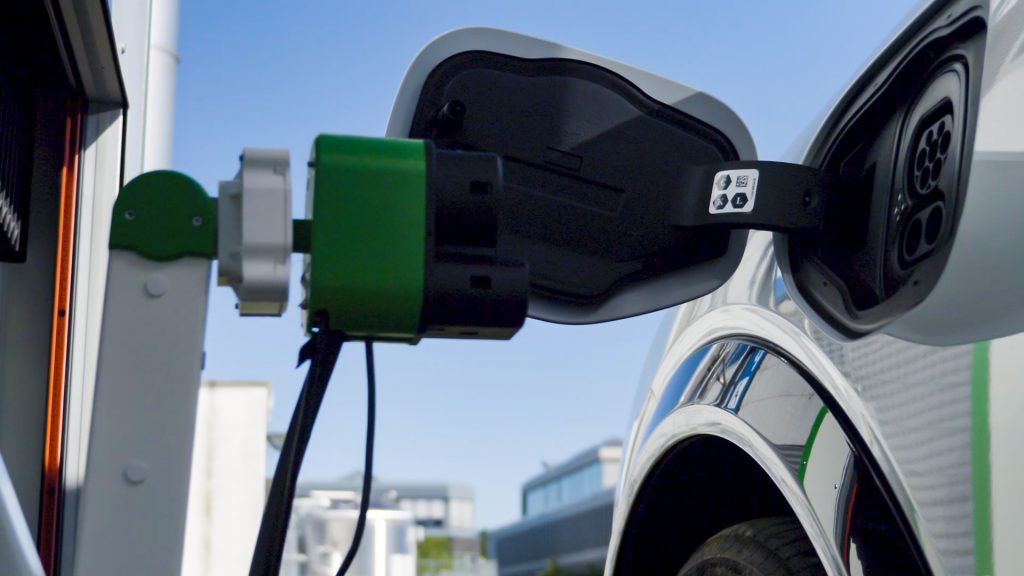Ford Motors has developed a prototype robot charging station for differently-abled drivers, who find it significantly challenging to charge their EVs in a public facility.
Drivers can use this hands-free charging solution via their smartphone from inside their vehicle. The robot charging station can also provide fully automatic charging for autonomous vehicles.
Following initial lab testing, Ford researchers are now putting the robot charging station to the test in real-life situations, the company said. Once activated, the station cover slides open and the charging arm extends towards the inlet with the help of a tiny camera. For the trial, drivers were able to monitor the charge status via the FordPass app. After charging, the arm retracts back into place.
“The robot charging station could be an added convenience for some people but – absolutely essential for others,” said Birger Fricke, research engineer, Research and Innovation Center, Ford of Europe.
In future, the robot charging station, custom-made by Dortmund University, in Germany, could be installed at disabled parking spaces, in car parks or at private homes, the company said, with further applications, such as fast and efficient charging of company fleets. The technology could also support more powerful charging to charge vehicles in a much shorter time.
In future, the process could become fully automated, Ford said, with minimal or no driver involvement as the driver would simply send the vehicle to the charging station, with the infrastructure ensuring it reaches and returns from its destination autonomously.
A follow-up project with the charging network provider IONITY will look to further improve the robot charging station, the company said, adding it is also researching into robot charging solutions in combination with Automated Valet Parking, as demonstrated at IAA in Munich, Germany, last year.
Ford – whose charging network spans over 300,000 chargers across Europe – says a unified approach encompassing governments, European Union institutions, the entire auto industry, energy providers, local authorities and consumers is required to accelerate the development of a comprehensive, easily accessible, and efficient charging infrastructure at home, in the workplace and in public locations.
Read our article about the difficulties of public charging for wheelchair users.
